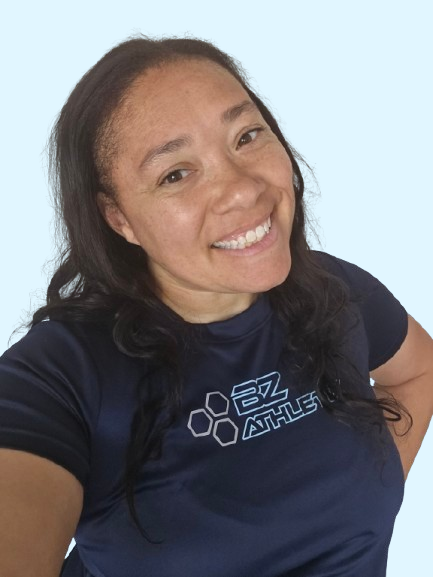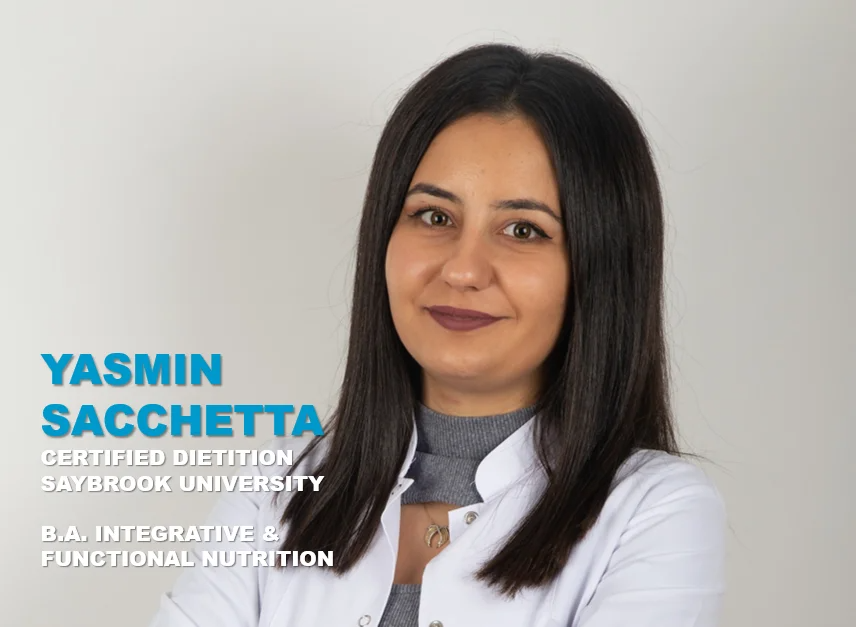What can a Physical Therapist do for me?
Anyone from professional athletes to elementary school soccer players can benefit from sports medicine physical therapy. Most people only think of PT as assisting athletes in recovering and regaining strength, but it can also help prevent injury in the first place. Sports Medicine Physical Therapists who are board-certified sports clinical specialists (SCS) through the American Physical Therapy Association are exceptionally qualified to address the sport-specific needs of an athlete.
Your time with a sports medicine physical therapist typically begins with a comprehensive evaluation and assessment. They will ask about pain levels when doing specific activities, limitations you are experiencing, and prior performance levels. A complete screening of your movement patterns should be performed to view mechanics while running, cutting, jumping, or throwing. The PT will assess your range of motion and strength while performing sports-specific movements like running, jumping, or cutting. It is important to get a base reading or starting numbers to determine the affects of the course of Physical Therapy. Depending on what they see, they will know what you need to improve upon.
Their goal is for you to return to sport at the same level or greater than prior to the injury. A Physical Therapist can also be a great asset to you as someone who can spot possible areas of improvement to your balance and body mechanics to help in future injury prevention. In case of injury, the first priority for any athlete and their Physical Therapist is to reducing any pain, inflammation, or swelling. Compressing and icing is usually the first step, and in some cases, soft tissue massage. Determining range-of-motion and increasing mobility to get baseline measurements is crucial.
Building strength and improving your overall balance is a large component of the rehabilitation process. Depending on your specific injury, your therapist will teach you how to progressively strengthen the affected area through exercise and stretching. These programs should always be customized to the athlete’s limitations. As the patient progresses, they will typically start with sport-specific drills and exercises. This is the time where proper mechanics are observed and bad habits can be addressed. Before you are cleared to return to your sport, you will need to achieve specific strength and mobility goals. A large component to Physical Therapy is to strengthen certain muscle groups to properly load and minimize vulnerability.
A well-trained, experienced, Physical Therapist can maximize your potential and decrease chances of injury or re-injury. Do your homework and make sure you work with the right PT for you. Check out our pros HERE.






Great article! I appreciate the clear and insightful perspective you’ve shared. It’s fascinating to see how this topic is developing. For those interested in diving deeper, I found an excellent resource that expands on these ideas.
This article had me hooked! What are your thoughts?